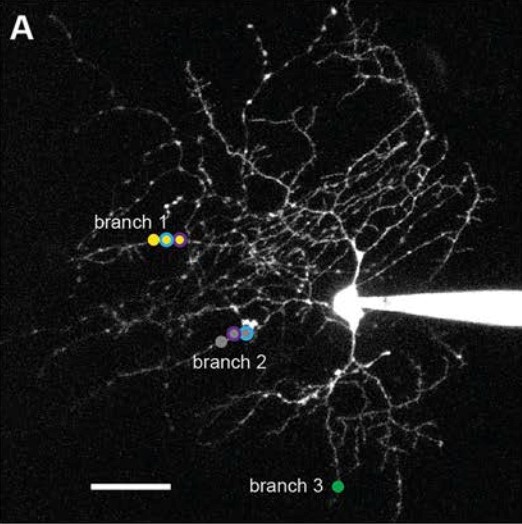Follow us on Google News (click on ☆)
Ten years after initial theoretical predictions, researchers have demonstrated that an isolated biological neuron can perform a calculation previously thought impossible. Published in the journal Scientific Reports, this work suggests that using more complex artificial neurons could improve the efficiency of neural networks.

While neural networks solve all kinds of calculations, what can a single neuron do? Models in use for over fifty years estimate that its capabilities remain limited, and it's on this model that current artificial intelligences have been built.
Yet they are particularly energy-intensive and inefficient compared to what nature does, leading some scientists to believe that a neuron might actually have more tricks up its sleeve.
Researchers from the Institute of Electronics, Microelectronics and Nanotechnology (IEMN, CNRS/Univ. de Lille/Univ. Polytechnique Hauts-de-France), the Laboratory of Cognitive and Computational Neuroscience (LNC2, INSERM/ENS - PSL) and the Genes, Synapses and Cognition laboratory (GSC, CNRS/Institut Pasteur) have shown that an isolated neuron is capable of more logical computations than commonly believed.
These belong to the category of linearly non-separable operations, which classical models of isolated artificial neurons cannot solve. This inability could be one reason for the lack of energy efficiency in current networks.
In this work, biological neurons alone solved a problem where they had to react only when excitatory stimulations encoding shapes were associated with others encoding colors. To make the neurons compute, they were stimulated by an excitatory neurotransmitter, glutamate. This is trapped in cages from which it is released by laser beams, allowing precise control of neuron stimulation. The different locations where glutamate then acts enable the neuron to perform the desired operation. An electrode attached to the neuron verifies that it activates when conditions are correct, which it successfully does.

Two-photon excitation microscopy image of a neuron used in the study. The colored dots on branches 1 and 2 indicate points excited by glutamate, while those on branch 3 are electrically stimulated. Scale is 20 µm (0.0008 inches). The large white element corresponds to the pipette measuring the neuron's activity.
© Cazé et al.
The IEMN team now wants to determine whether artificial neurons with this capability would form more efficient artificial neural networks.